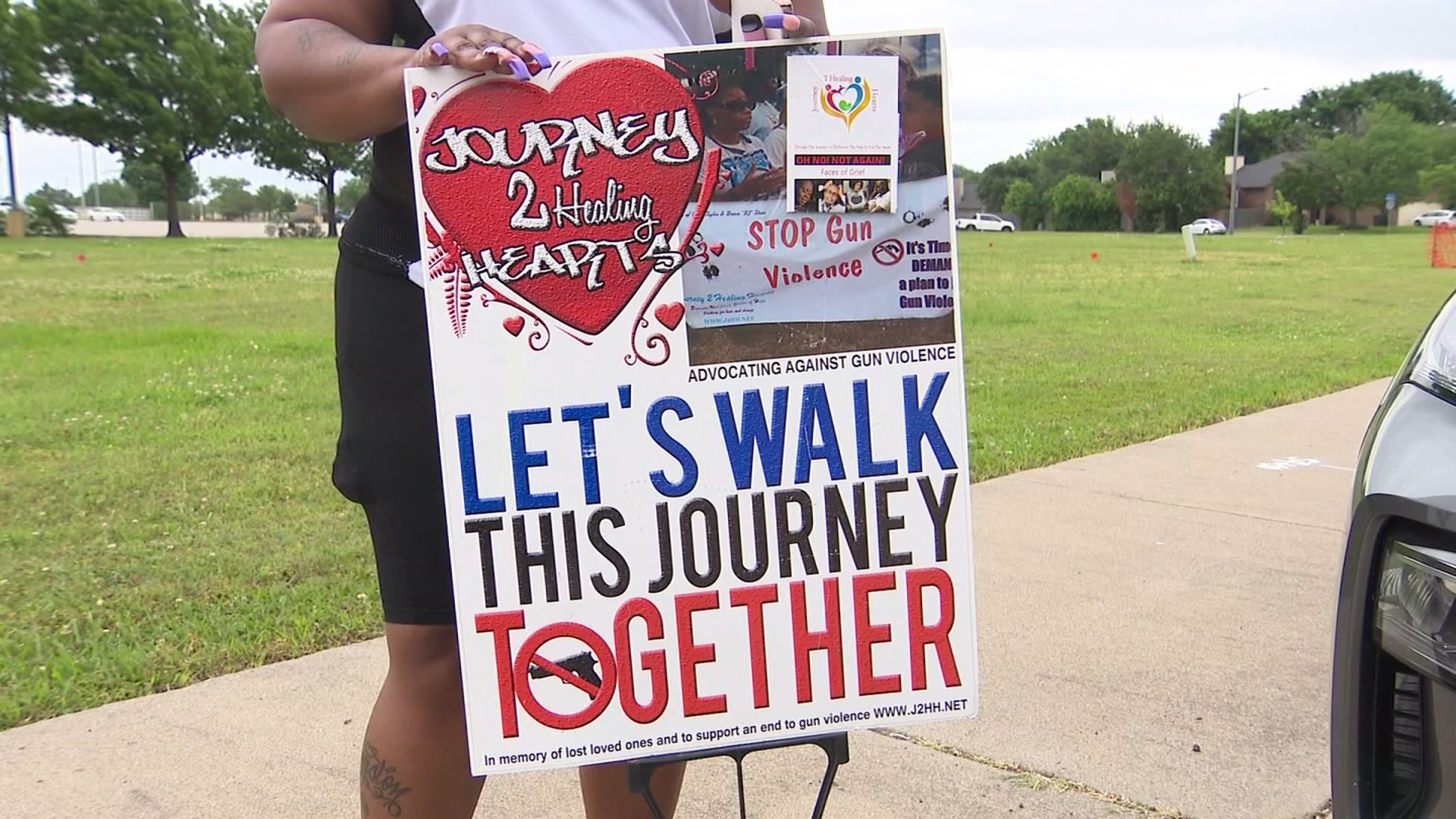A Dallas-area man who used an FDA-approved, non-surgical weight loss tool to transform is body says it helped him lose 40 pounds.
The Obalon Balloon System is a swallowable balloon system that inflates inside the person's stomach, keeping them full from overeating.
Patients swallow a pill that contains the balloon, and once inside the stomach, the balloon is filled with nitrogen gas mixture.
Dr. Sachin Kukreja, a bariatric surgeon at Methodist Dallas Medical Center, says the system consists of three balloons swallowed two weeks apart.
"While the balloons are in, they take up about three quarters of the stomach to limit how much people eat and how full they may get," Kukreja said.
All balloons are removed through an upper endoscopy six months after the first balloon is placed.
Eric Wilson kept three balloons in his stomach for six months, and after Kukreja removed them last November, Wilson had lost 40 pounds.
Local
The latest news from around North Texas.
"I went from a size 36 waist to a size 32 waist and lost about 10 inches off my belly line," Wilson said.
On average, patients lose about 30 pounds with the balloons, according to doctors, who add that the system should serve as a kickstart for someone considered moderately overweight and is seeking a lifestyle change.
"You can really decide what you're going to do those six months. Log your food, exercise and you have have six months to do it," said Wilson, who adds he's now training for an Ironman competition.
He experienced minor stomach cramping in the first few days after the procedure but now says he forgets the balloon is in his stomach.
In studies, 90 percent of patients kept the weight off after the balloons were removed for at least six months, but Kukreja said there's no long-term data available.
"We know it's safe and innovative, but with anything new, we should proceed with caution," he said.
The balloon system is not covered by insurance, costs between $6,000-$7,000 and should be used in conjunction with a healthy diet and exercise.
"The kids are no longer poking at the belly that I used to have, and the supposed 'dad bod' is right where I'd like it to be," Wilson said.
The FDA approved the system in 2016. You can read more about the procedure on its website here.




